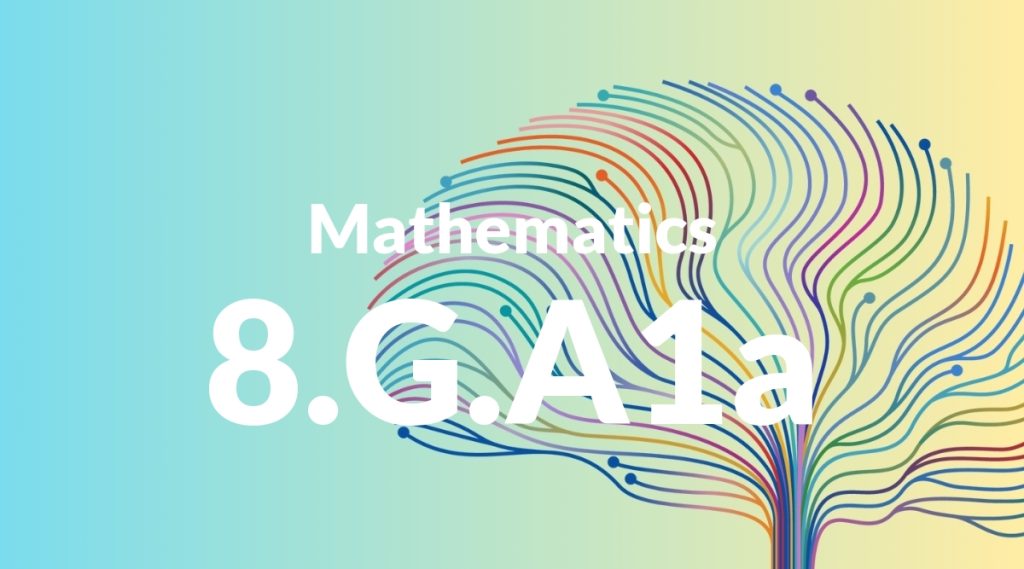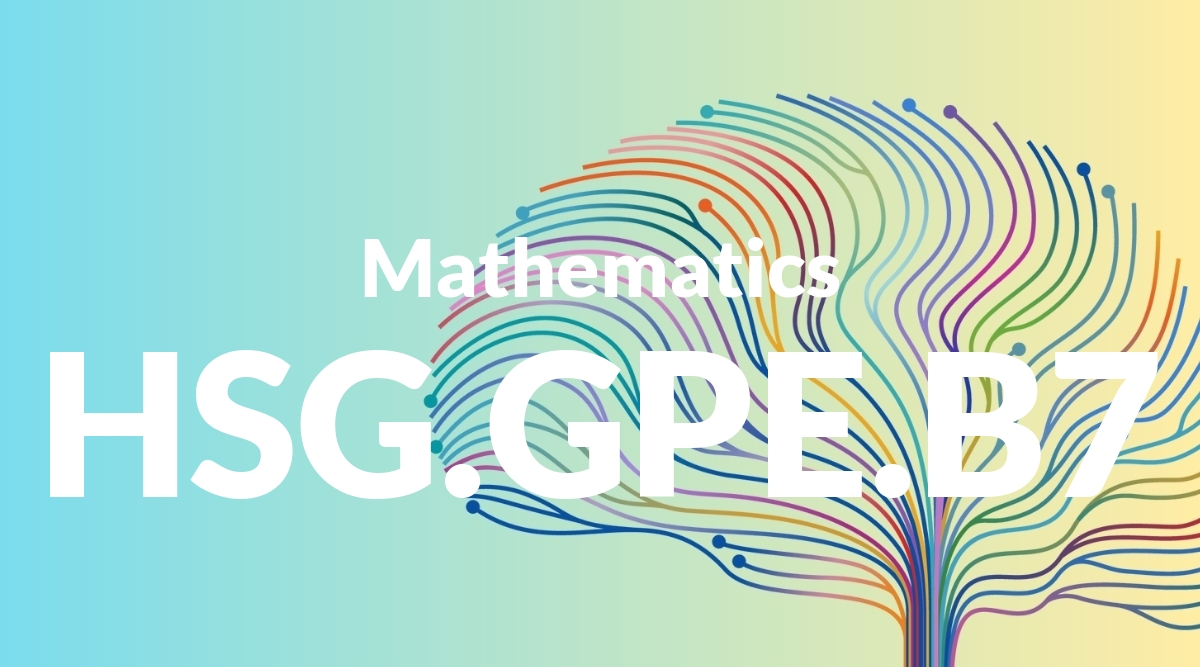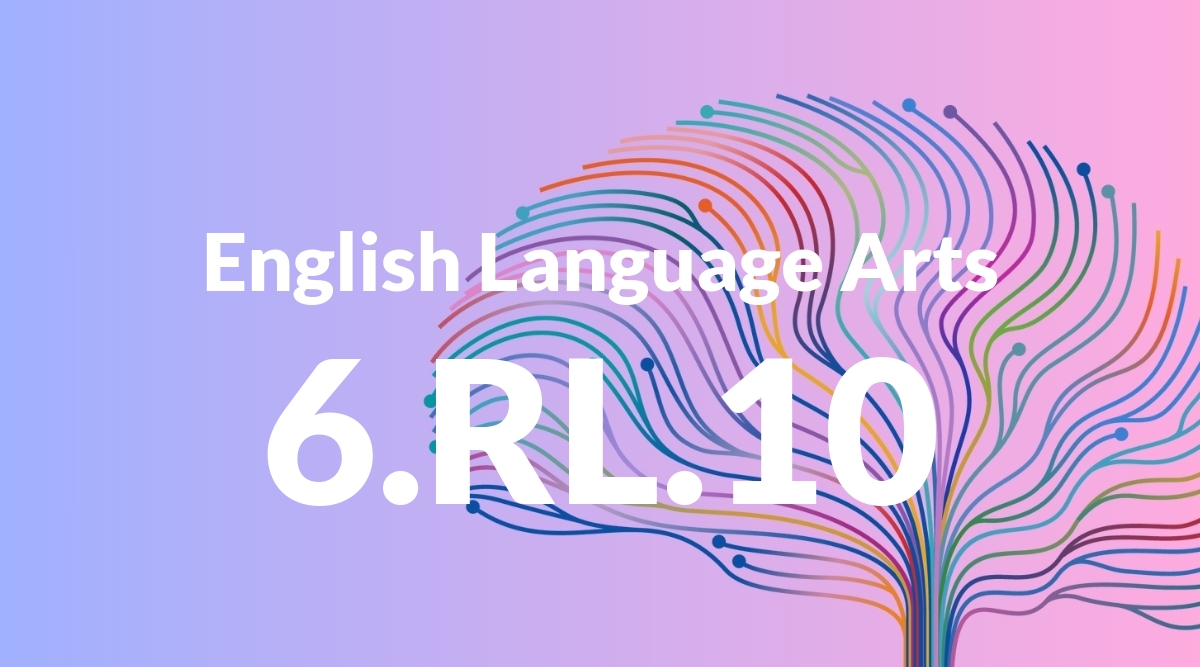Standard: 8.G.A1 – Verify experimentally the properties of rotations, reflections, and translations:
Grade level: Grade 8
Subject: Mathematics
Domain: Geometry
Teacher Overview
This standard focuses on understanding and verifying the properties of geometric transformations—rotations, reflections, and translations. Mastery of these concepts is crucial as it lays the foundation for more advanced topics in geometry and helps students develop spatial reasoning skills. These transformations are not only mathematical concepts but also have practical applications in various fields such as art, engineering, and computer graphics. Before tackling this standard, students should be comfortable with basic geometric terms and properties, understand coordinate planes, and have a preliminary grasp of what transformations are in a general sense.
After mastering this standard, students will be equipped to explore more complex geometric concepts such as similarity, congruence, and the properties of figures in higher dimensions. They will also be able to apply their understanding of transformations to solve real-world problems.
Common Misconception 1
A common misconception is that the orientation of a shape changes when it is translated. This is incorrect because translation involves sliding a shape along a plane without altering its orientation or size.
Intervention 1
To address this, use visual aids such as grid paper and interactive geometry software to show that a shape’s orientation remains the same during translation. Have students practice by moving shapes themselves and observing the outcomes.
Common Misconception 2
Another misconception is that the size of a shape changes during rotation or reflection. This is incorrect because these transformations preserve the size and shape of the figure, altering only its position or orientation.
Intervention 2
Use physical models like transparencies or digital tools to demonstrate that the size of a shape remains constant during rotation or reflection. Engage students in activities where they can manipulate shapes and see the transformations firsthand.
Prerequisite Knowledge
Students should have a basic understanding of geometric shapes, coordinate planes, and the concept of congruence. They should also be familiar with the terms rotation, reflection, and translation in a general sense.
Subsequent Knowledge
After mastering this standard, students will be able to apply their understanding of transformations to more complex geometric problems, including those involving similarity and congruence. They will also be prepared to explore the properties of figures and the relationships between them in higher dimensions.
Instructional Activities
- Use grid paper to perform and visualize translations, rotations, and reflections.
- Incorporate geometry software to allow students to manipulate shapes and observe transformations.
- Design art projects that require creating symmetrical patterns using transformations.
- Solve puzzles and games that involve moving pieces through translations, rotations, and reflections.
- Conduct real-world problem-solving activities, such as mapping and navigation exercises.




